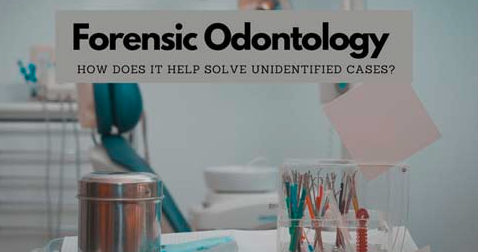
Forensic odontology, a specialized field within forensic science, plays a pivotal role in solving crimes and identifying individuals through the examination of dental evidence. This comprehensive exploration delves into the intricate world of forensic odontology, covering its historical evolution, the education and training required, the roles and responsibilities of forensic odontologists, case studies highlighting their contributions, and the future trends in this fascinating field.







